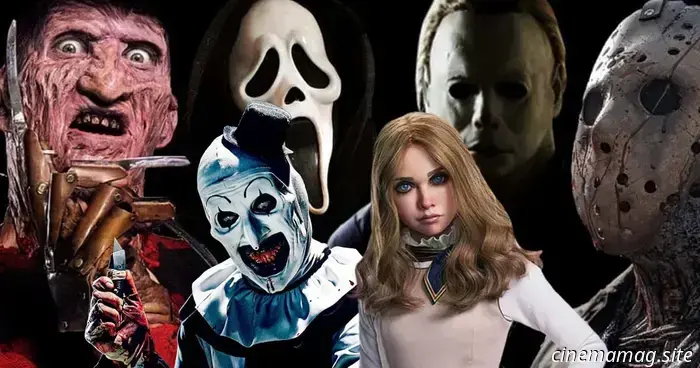
What became of the horror icon?
Where Have All the Boogeymen Gone? The Rise and Fall of the Horror Icon…
There was a period when Freddy Krueger could steal the spotlight from Batman in Halloween displays. Jason Voorhees was a familiar figure on talk show sets. Chucky was more than a mere killer doll; he was a fully-fledged merchandising phenomenon. These figures transcended the role of villains to become cultural icons.
With the passage of time, savvy marketing, and a community eager for mainstream attention, horror icons quickly became well-known names, complete with fan clubs, action figures, and enduring franchises that transformed slasher films into beloved Saturday morning cartoons for aficionados of horror.
However, in contemporary times, the horror villain has lost their defining features, both literally and metaphorically. While modern horror is thriving by nearly every standard—with films like Hereditary, The Babadook, Smile, and Talk to Me achieving critical success and box office triumph—describing the "villain" in these movies is challenging. Often, they manifest as formless metaphors representing trauma, grief, depression, and addiction. They're powerful, indeed, but not iconic.
So, what became of the horror icon?
The Era of the Big Bad
The ‘80s and ‘90s thrived on repeating nightmares. Freddy Krueger was the quippy tormentor with a layered backstory, while Jason Voorhees embodied the silent killer grappling with maternal issues. Pinhead, Leatherface, Ghostface—each wore masks and employed techniques as recognizable as their franchise logos. We weren't just witnessing a slew of teenage victims; these figures were crafting mythos one creative death at a time.
These characters were not restricted to their films. They made appearances in music videos, comic books, lunchboxes, late-night shows, and crucially, in the public imagination. Horror embraced absurdity rather than turning away from it, and audiences followed suit.
Critiques arose suggesting we'd sacrificed substance in horror for marketability, yet many pointed to Universal Horror Monsters or characters like Norman Bates as successful manifestations of pop culture. Horror has always straddled the line between mainstream appeal and outsider status, and when recognizable horror figures emerged, they effectively blurred those lines.
As horror shifted from slashers to torture porn, extremity, and paranormal themes in the 2000s and 2010s, fewer icons emerged, although some like Jigsaw from Saw and Annabelle from The Conjuring managed to remain relevant. Nonetheless, they never reached the heights of their predecessors; we even had to resurrect Pennywise from Stephen King's IT to provide an iconic figure for the latter part of the 2010s.
The Shift to Symbolism & Why We Let Icons Fade
By the mid-2000s and into the 2010s, horror began to "elevate." Studios pursued critical recognition. Filmmakers like Ari Aster, Jennifer Kent, and Robert Eggers infused arthouse aesthetics into their projects. The monster transformed from a masked man into the burden of loss, the scar of trauma, or the slow creep of guilt.
While these films are brilliant, they do not create new boogeymen. Instead, they evoke moods, atmosphere, and intangible fear. There’s minimal space for sequels, extensive lore, or dedicated fandoms. It’s hard to dress up as the demon from The Night House.
The decline of the horror icon was also fueled by overall cultural fatigue. By the early 2000s, many of our iconic figures had run their course—overexposed, parodied endlessly, or rebooted without purpose. (Freddy vs. Jason served both as a peak and a farewell.) Studios became hesitant, and the audience grew more discerning. Authenticity gave way to irony, reducing icons to mere memes.
Similar trends can be observed in pop music, where trends fluctuate rapidly; artists emerge and vanish as quickly as their two-minute songs. Discovering long-lasting legends becomes increasingly difficult. Finding 'a Lady Gaga' is as elusive as unearthing 'a Michael Myers.' Moreover, there’s the reality of franchise intellectual property. Creating a new horror icon is not only a creative venture but a calculated risk. With franchises like Halloween or Friday the 13th, these efforts often become financial and legal entanglements. Why forge a new villain when you can reboot The Exorcist for a third time?
Additionally, our fragmented media landscape doesn't produce icons as it once did. Creating a new Freddy is challenging when films are easily buried by algorithms or fade away after a short theatrical run.
Signs of a Comeback
However, the icons are not entirely extinct—they're biding their time.
Art the Clown from Terrifier is the closest we've come to generating a new Freddy. He boasts a distinct look, a unique gimmick, and a developing mythology. He may lack subtlety, but neither did Jason, which reinforces the point. M3GAN danced her





Other articles
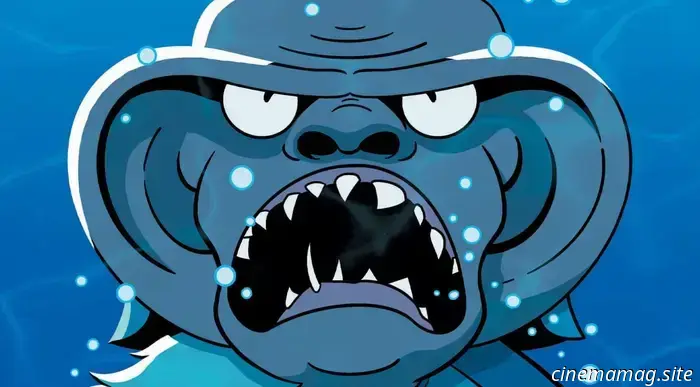 Star Trek: Lower Decks #9 - Preview of the Comic Book
IDW Publishing has released the official preview for Star Trek: Lower Decks #9 prior to the comic's debut this Wednesday; take a look here... While on a mission to gather gormangander waste, the U.S.S. Cerritos comes under attack from a Ferengi warship! The Ferengi are pursuing a debtor who is trying to avoid paying them […]
Star Trek: Lower Decks #9 - Preview of the Comic Book
IDW Publishing has released the official preview for Star Trek: Lower Decks #9 prior to the comic's debut this Wednesday; take a look here... While on a mission to gather gormangander waste, the U.S.S. Cerritos comes under attack from a Ferengi warship! The Ferengi are pursuing a debtor who is trying to avoid paying them […]
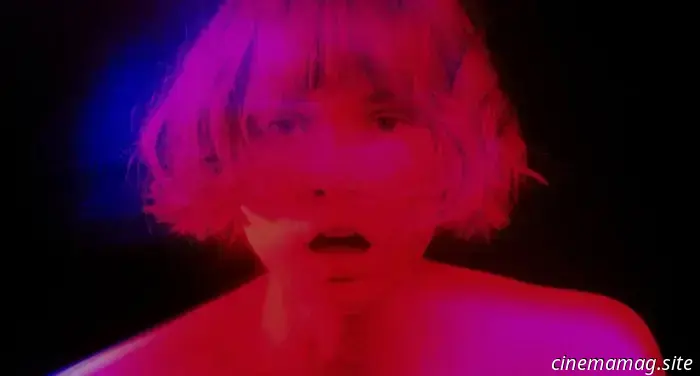 Trailer for the psychological horror film Bury Me When I'm Dead.
Vertical has released a trailer, poster, and images for Bury Me When I’m Dead, a supernatural horror film by writer-director Seabold Krebs. Devon Terrell plays Henry, a man concealing his betrayal from his terminally ill wife, who, after her passing, thinks she has come back from the afterlife to seek revenge for his failure to …
Trailer for the psychological horror film Bury Me When I'm Dead.
Vertical has released a trailer, poster, and images for Bury Me When I’m Dead, a supernatural horror film by writer-director Seabold Krebs. Devon Terrell plays Henry, a man concealing his betrayal from his terminally ill wife, who, after her passing, thinks she has come back from the afterlife to seek revenge for his failure to …
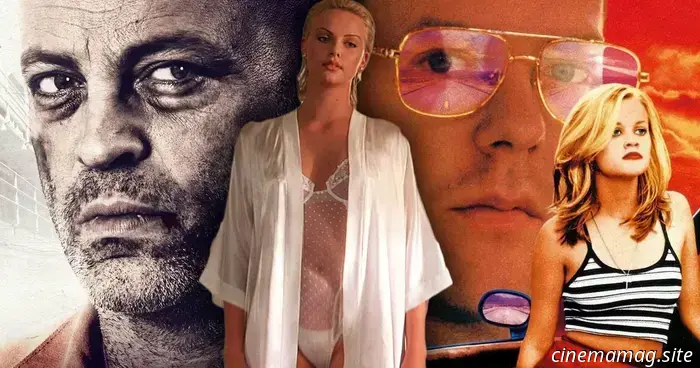 Fantastic Movies in the Style of Tarantino You Must Watch
Casey Chong offers a curated list of films that embody a 'Tarantino-esque' style, which are definitely worth exploring. Whether you admire or dislike him, it's undeniable that Quentin Tarantino's films, especially his initial two works, Reservoir Dogs and Pulp Fiction, have left a significant mark on numerous directors attempting to imitate his distinctive approach. His hallmarks range from characteristic non-linear narratives to exaggerated […]
Fantastic Movies in the Style of Tarantino You Must Watch
Casey Chong offers a curated list of films that embody a 'Tarantino-esque' style, which are definitely worth exploring. Whether you admire or dislike him, it's undeniable that Quentin Tarantino's films, especially his initial two works, Reservoir Dogs and Pulp Fiction, have left a significant mark on numerous directors attempting to imitate his distinctive approach. His hallmarks range from characteristic non-linear narratives to exaggerated […]
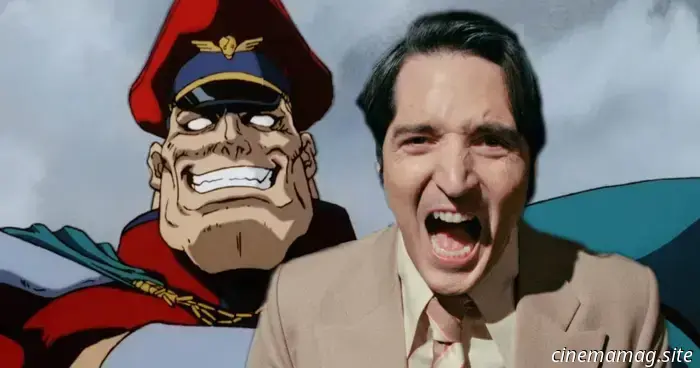 David Dastmalchian has been cast as M. Bison and Cody Rhodes will play Guile in Street Fighter.
As Legendary works on the cast for its Street Fighter film, Deadline reports that David Dastmalchian (Late Night with the Devil, The Life of Chuck) has been cast as the main antagonist, the leader of the Shadaloo organization, M. Bison. Additionally, WWE Superstar Cody Rhodes is set to appear following his forthcoming cameo in The […]
David Dastmalchian has been cast as M. Bison and Cody Rhodes will play Guile in Street Fighter.
As Legendary works on the cast for its Street Fighter film, Deadline reports that David Dastmalchian (Late Night with the Devil, The Life of Chuck) has been cast as the main antagonist, the leader of the Shadaloo organization, M. Bison. Additionally, WWE Superstar Cody Rhodes is set to appear following his forthcoming cameo in The […]
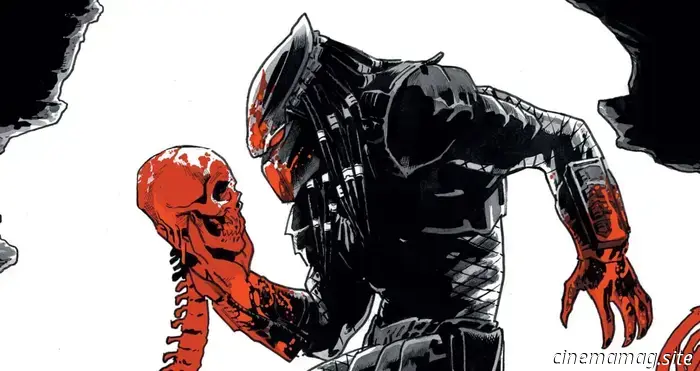 Predator: Black, White & Blood #1 - Comic Book Teaser
Marvel Comics is set to release its new anthology series, Predator: Black, White & Blood, next week. You can get a sneak preview of the first issue with the official preview below; have a look… Crafted by the creative mind of Joe Kelly (Amazing Spider-Man, Daredevil, Deadpool) alongside emerging artist Álvaro López (Captain Marvel, Beware the [...])
Predator: Black, White & Blood #1 - Comic Book Teaser
Marvel Comics is set to release its new anthology series, Predator: Black, White & Blood, next week. You can get a sneak preview of the first issue with the official preview below; have a look… Crafted by the creative mind of Joe Kelly (Amazing Spider-Man, Daredevil, Deadpool) alongside emerging artist Álvaro López (Captain Marvel, Beware the [...])
 Marvel introduces new variant covers for the Deadpool/Batman #1 crossover.
In May, it was revealed that the iconic comic book publishers Marvel and DC are collaborating for the first time in years with the release of Marvel's Deadpool/Batman #1 and DC's Batman/Deadpool #1. These are two one-shot comics that feature the Merc with the Mouth and the Dark Knight, along with additional stories showcasing a variety of other groundbreaking team-ups. As […]
Marvel introduces new variant covers for the Deadpool/Batman #1 crossover.
In May, it was revealed that the iconic comic book publishers Marvel and DC are collaborating for the first time in years with the release of Marvel's Deadpool/Batman #1 and DC's Batman/Deadpool #1. These are two one-shot comics that feature the Merc with the Mouth and the Dark Knight, along with additional stories showcasing a variety of other groundbreaking team-ups. As […]
What became of the horror icon?
Where Have All the Boogeymen Disappeared To? The Ascendancy and Decline of the Horror Icon… There was an era when Freddy Krueger eclipsed Batman in the Halloween section. Jason Voorhees relaxed easily on the couches of talk shows. Chucky was more than merely a murderous doll; he was a dynamic merchandise powerhouse. These figures were not only antagonists, they [...]
